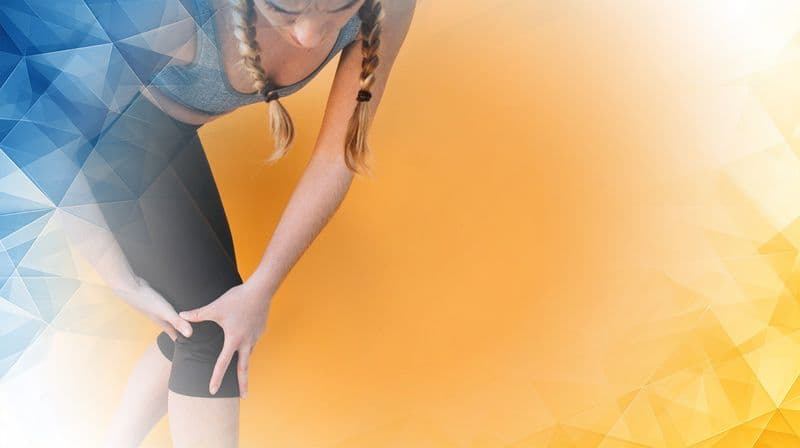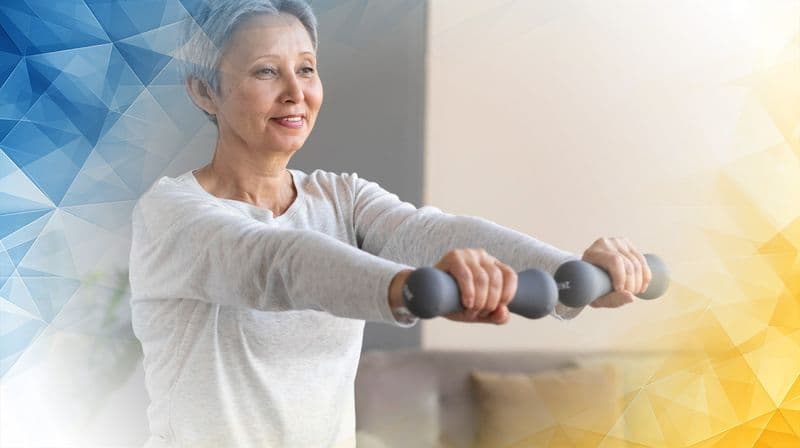
Practical Exercise Guidelines Following ChondroFiller Treatment: Can I Exercise After ChondroFiller?
More and more patients are seeking non-surgical options to repair cartilage damage, hoping to avoid invasive surgeries and long recoveries. One innovative solution gaining attention is ChondroFiller —a collagen-based injectable gel designed to support cartilage healing . Naturally, many patients ask, “Can I exercise after ChondroFiller ?” Having clear, practical guidance is key to making sure recovery is both safe and successful. In this article, we’ll break down what to expect after ChondroFiller treatment and share easy-to-follow exercise recommendations to help you rebuild strength and mobility with confidence.
Understanding ChondroFiller and Its Healing Process
ChondroFiller is a gel made primarily from type I collagen—a protein that forms a key part of our connective tissues. When injected, it acts as a scaffold, filling in the damaged area of cartilage and offering a supportive structure where your body’s own stem cells can settle and transform into cartilage-forming cells (chondrocytes). This allows the body to repair cartilage naturally and effectively.
ChondroFiller is typically delivered via minimally invasive techniques, forming a protective layer over the damaged site to encourage natural healing inside the joint. Unlike some cartilage repair methods, it doesn’t require cells to be harvested or grown outside your body first, making it more convenient and less invasive.
Clinical research describes ChondroFiller as a promising option for treating cartilage defects, particularly in the hip, and highlights its safety and effectiveness in early patient results (Perez-Carro et al., 2021; Breil-Wirth et al., 2016). Additionally, its mechanical properties make it well-suited for mimicking the feel and function of natural cartilage (Weizel et al., 2020).
Phased Rehabilitation Timeline After ChondroFiller
A staged rehabilitation plan is essential for protecting your joint and supporting steady progress:
- Phase 1 (0–48 hours): Immediately following treatment, your joint is kept immobilized with a splint or supportive device. Complete rest is crucial at this stage to give the area time to settle.
- Phase 2 (48 hours to 6 weeks): You’ll begin partial weight-bearing, which means using crutches and only putting limited weight—usually about 20 kilograms—on the treated joint. Gentle movements and isometric exercises (tightening muscles without moving the joint) help keep muscles active while protecting the repair.
- Phase 3 (6 weeks to 4 months+): Gradually, more weight can be placed on the joint. Low-impact activities like cycling and swimming are introduced to improve mobility and strength. Physiotherapy continues to guide your progress, focusing on rebuilding muscle and restoring joint flexibility.
Clinical guidelines support this careful timeline, emphasizing the importance of gradual loading and specialized rehab for optimal cartilage healing (Breil-Wirth et al., 2016; Weizel et al., 2020).
Safe Exercise Modalities and Progression
Certain low-impact activities are ideal during your ChondroFiller recovery:
- Swimming: Keeps joints mobile through gentle, non-weight-bearing motion.
- Stationary Cycling: Strengthens surrounding muscles with controlled resistance and minimal impact.
- Physiotherapist-led exercises: Use resistance bands and balance work to improve stability and support recovery.
Progression should be slow and measured, paying close attention to any discomfort or swelling. If you experience pain, it’s best to slow down or rest. Physiotherapists are valuable partners throughout your rehabilitation, helping you regain function safely.
Research shows that most patients are highly satisfied with their outcomes using this approach, and the characteristics of ChondroFiller support a gradual, structured rehab program (Breil-Wirth et al., 2016; Weizel et al., 2020).
Monitoring Recovery and Warning Signs
Regularly monitoring your recovery is vital. Keep track of pain levels, swelling, and how easily you can use your joint. Occasional functional tests (such as checking grip strength after hand procedures) can provide helpful feedback, and routine check-ups with your medical team or follow-up imaging help assess ongoing healing.
Be alert for warning signs that should prompt you to pause exercise and talk to your healthcare provider, such as:
- Persistent or severe pain
- New or worsening swelling
- Increasing stiffness or a decrease in joint range of motion
Keeping a simple daily log can help you notice changes and share accurate updates with your care team.
Expert Support at MSK Doctors
At MSK Doctors, Professor Paul Lee and a dedicated team provide tailored rehabilitation support for every stage of your recovery. While MSK Doctors did not develop ChondroFiller and cannot guarantee results, their expertise in orthopaedics and rehabilitation ensures your care is individualized and closely monitored for safety and optimal outcomes.
In summary: Exercising after ChondroFiller is possible—and encouraged—when following a phased rehabilitation plan with safe, low-impact activities and professional guidance. Careful monitoring and expert support help you recover with confidence and safeguard your joint health for the long term.
For personalized advice and treatment, always consult a qualified healthcare professional.
References
Breil-Wirth, A., von Engelhardt, L., Lobner, S., & Jerosch, J. (2016). Retrospective study of cell-free collagen matrix for cartilage repair.
Perez-Carro, L., Rosi Mendoza Alejo, P., Gutierrez Castanedo, G., Menendez Solana, G., Fernandez Divar, J. A., Galindo Rubin, P., & Alfonso Fernandez, A. (2021). Hip Chondral Defects: Arthroscopic Treatment With the Needle and Curette Technique and ChondroFiller. Techniques in Orthopaedics. https://doi.org/10.1016/j.eats.2021.03.011
Weizel, A., Distler, T., Schneidereit, D., & Friedrich, O. (2020). Complex mechanical behavior of human articular cartilage and hydrogels for cartilage repair. Acta Biomaterialia. https://doi.org/10.1016/j.actbio.2020.10.025








